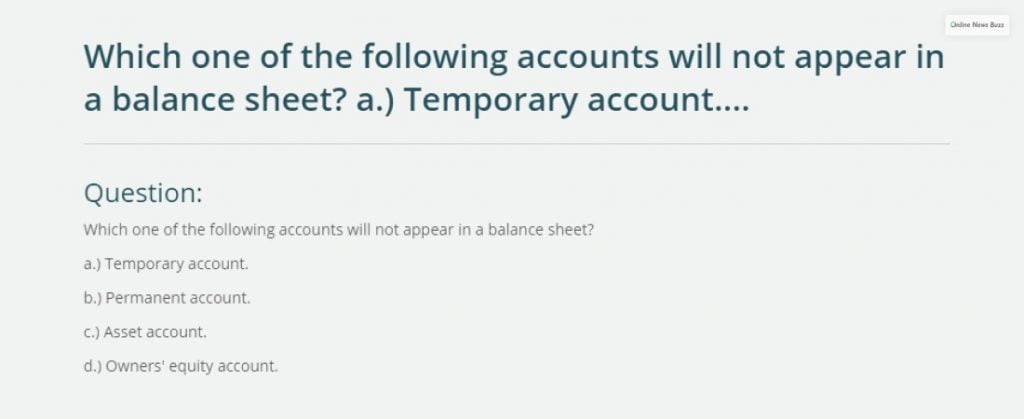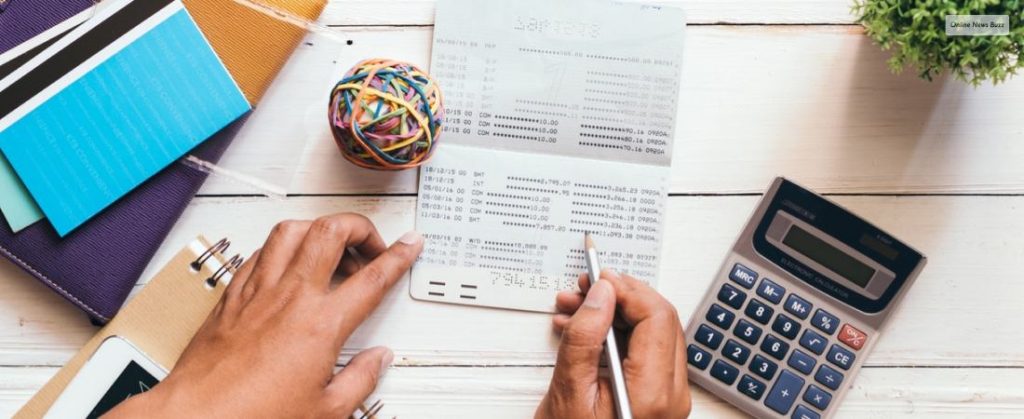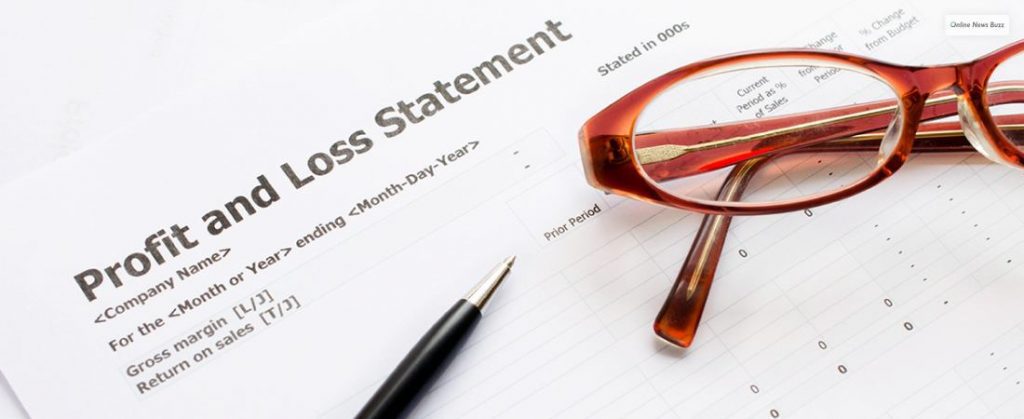
| Question: Which account does not appear on the balance sheet? Option: A. Temporary account. B. Permanent account. C. Asset account. D. Owners’ equity account. Answer: A. Temporary account. |
Which Account Does Not Appear On The Balance Sheet?

You have already got the answer to this question. Now let’s see the explaining part of the article. First, you have to start with the balance sheet.
The balance sheet is also a kind of financial report or statement which is delivered by the accountant of the company or farm. In the balance sheet, the accountant mentions the company’s assets, liabilities, and equity.
Although, the accountant has the responsibility to make the balance of Assets = Liabilities + Shareholder’s Equity.
In this whole finance process, a temporary account does not appear. Temporary accounts, for example, income statement accounts (service revenue and interest expense), which you need to mention in the balance sheet.
How Do Balance Sheets Work?

The balance sheet shows an overview of the state of a company’s financial condition at the moment. Unless you do not know more about the performance of the balance sheets, you can not understand why only the temporary account is the answer to ‘which account does not appear on the balance sheet.’
It can’t give the sense of the trends playing over a longer period on its own.
For this reason, the balance sheet of the company is like the previous period. Investors can get to know a company’s financial well-being by the several ratios that derive from a balance sheet. Which includes the acid test ratio and debt-to-equity ratio.
The cash flow statement and income statement are both valuable content for assessing a company’s finances.
Functions Of The Balance Sheet
The balance sheets mention an accounting equation where assets are also placed on one side and liabilities + shareholder equity on the other side to balance out.
Assets = Liabilities + Shareholder’s Equity.
This formula is inbuilt because a company has to pay for all the assets by taking them from investors or borrowing money (taking a loan from the bank).
Let’s see one appropriate example for problems like which account does not appear on the balance sheet.
Let’s say the company takes a $5000 bank loan for five years. Its assets will increase by $5000. Plus, the company’s liabilities (importantly, long-term debt account) are also increasing by the number of $5000.
In this position, the balance sheet plays a vital role in balancing the two sides of the equation. Suppose the company takes $8000 from investors; its shareholder equity and assets also increase by that amount.
All revenues of the companies fall into the equity account of the shareholder. These are the revenues that you have to put in the balance sheet’s assets side, inventory, appearing cash, investments, or other assets.
Components Of Balance Sheet

The balance sheet has three basic components. Keep on reading till the end point of this article to get details regarding which account does not appear on the balance sheet.
Assets
In this assets segment, entire accounts are listed in order to their liquidity. It converts into cash. Assets are of two types— current assets and long-term or non-current assets. Current assets convert into cash, while long-term assets can’t.
Here Are The Current Assets:
- Cash and cash equivalents are the most liquid assets, which can include short-term certificates of deposit and Treasury bills.
- AR (Accounts receivable) refers to money that customers own the company. It may fall in the category of doubtful accounts because some customers may not pay what they owe.
- Inventory reveals any goods which are available for sale at a lower rate of market value.
- Prepaid expenses are the value that is already paid for. For instance, advertising contracts, insurance, or rent.
Long-Term Assets Are:
- Long-term investments are not liquidated in the next year.
- Fixed assets – land, equipment, machinery, buildings, capital of intensive assets.
- Intangible assets are non-physical, but they are valuable. For example, intellectual or sensitive properties.
Liabilities
Liabilities consider the company owning the bills that companies need to pay with its interest, rent change, salaries, and utilities.
Liabilities are also two types – current and long-term liabilities.
Current liabilities are paid on their due date within one year, but long-term liabilities are on any time after the year. It is also known as net assets because it is valuable as the total assets of the business.
Shareholder Equity
Shareholder Equity is the amount that the owners of the business companies invest in their company. The term also presents the total capital of the company.
Suppose the company needs to liquidate; Shareholder Equity is the amount of money that is returnable to the owners after satisfying all the debts.
To calculate Shareholder Equity, first, you need to follow the: Shareholder Equity= Total Assets + Total liabilities.
You May Like To Read This: How To Choose The Best Paper Writing Site
Importance Of Balance Sheet

Along with the answer of which account does not appear on the balance sheet, now let’s move on to the importance of the balance sheet for the business.
No matter the size of the business or company, these financial statements require to conduct an individual business. A business is also applying to understand the financial condition of the company.
The companies are all able to quickly assess for the companies they actually own the liquid enough. Whether you are lending too much money or whether the companies have enough cash to fulfill current demands.
Apart from this, company managers can use financial ratios to assess the profitability, liquidity, turnover, and solvency of a company. Some of the financial ratios require a balance sheet’s numbers.
After presenting the balance sheet, managers understand where they need to improve the financial health of the company.
A public company shows its balance sheet to its employees to know why the management team wants to implement or change some part of the company process or why they make these decisions about the company. A balance sheet can clear everything to the employees for better understanding.
Who Is Responsible For The Balance Sheet?

See, it depends on the business size. Different parties are also responsible for making a balance sheet. However, for any small business, business owners are making a balance sheet. For mid-size businesses, the balance sheets preparing for by an external accountant.
Public companies require to obtain external audits. Make sure the balance sheet or other financial reports of these types of companies preparing for order with GAAP (Generally Accepted Accounting Principles ), and all are filed on a daily basis with the SEC (Securities and Exchange Commision).
The Formula Of The Balance Sheet
Assets = Liabilities + Shareholder Equity.
A balance sheet of the company estimates the company’s assets with its liabilities and equity. Total assets include the sum of long-term, short-term, and other assets. Similarly, total liabilities calculates by the sum of all long-term, short-term, and other liabilities.
Therefore the total equity considers the sum of retaining earning amount, net income, the share of stock issued, and owner contributions. I guess now you get better ideas why the temporary account is the answer for which account does not appear on the balance sheet.
Why Does Temporary Account Not Appear On The Balance Sheet?

In the off-balance sheet, the assets or liabilities of the companies are not displayed. As you see in the above section, the temporary account does not appear on the balance sheet (balance sheet).
On the opposite side, off-balance sheets are not mentioning the company’s liabilities and assets. Hence, you can have queries regarding the difference between on-balance and off-balance sheets.
Well, an on-balance sheet can play an essential role in the financial overview of the company, while an off-balance sheet does not affect the financial statement of the company.
Frequently Asked Questions (FAQs):
You have reached almost the end of this article. Till here, I am discussing the balance sheet along with the answer to the question of which account does not appear on the balance sheet.
Besides this, you must read the section below where I jotted down frequent relatable questions asked by readers.
Ans: As we know, businesses or companies are a variety in the market, and every company has different parts of functions. Similarly, the balance sheet has three types– comparative, classified, vertical, and common size.
Ans: There are two forms of balance sheets. One is the report form, and the other is the account form. Small businesses and individuals create simple balance sheets; however, larger businesses or industries make more complex balance sheets.
Ans: Why is this financial report called a “balance sheet”? There is a proper reason. This whole process is aimed to balance between the assets and liabilities + shareholder’s equity.
Wrapping It Up!
Now, you no need to ask which account does not appear on the balance sheet anymore. I think this article meets up all your queries. On this note, the balance sheet plays a vital part in making decisions about the business.
For this reason, every business needs to focus on this matter to develop the business in the marketplace.
If you have any further queries, feel free to ask in the comment section. However, it is impossible to cover every point of the balance sheet in one article; if you want to get more in any part of this article, please let me know.
Read Also:




























